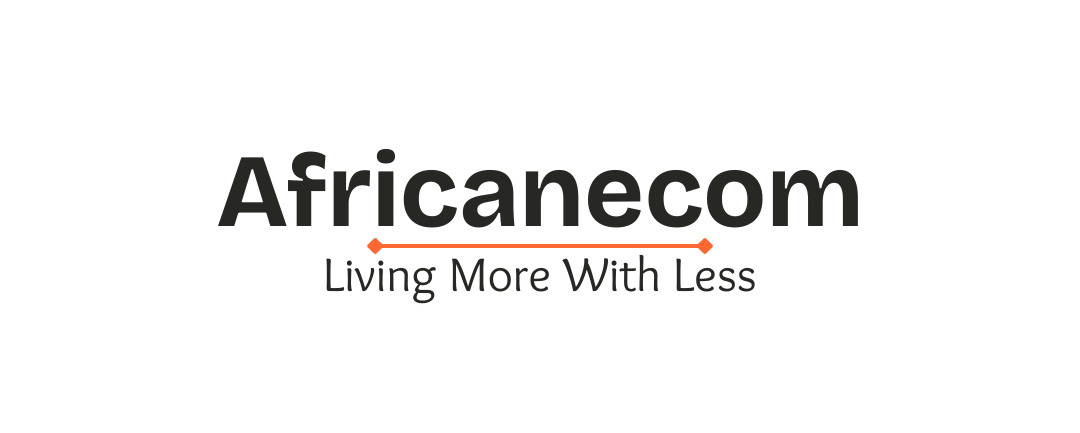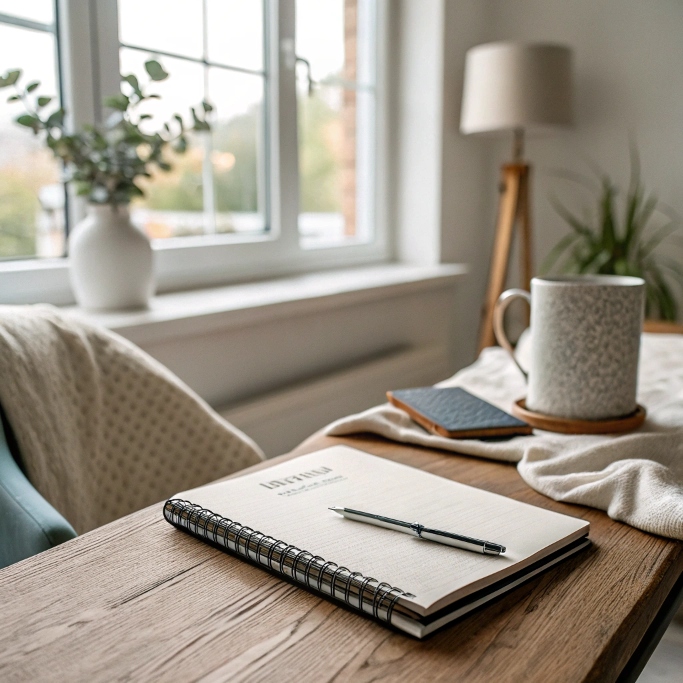In a world where spending is as easy as tapping your phone, saving money can feel like swimming against the current. But what if the key to financial peace wasn’t more hustle but less clutter?
Minimalism isn’t about deprivation. It’s about being radically intentional with what you own, how you spend, and what you value. And when you apply that mindset to your money, the results can be surprisingly powerful.
This guide will walk you through simple, sustainable minimalist habits that can help you save over $300 each month without feeling like you’re sacrificing your lifestyle. Ready to cut the noise and take back control? Let’s begin.
Why Budgeting Feels Exhausting And How Minimalism Fixes It
Most people approach budgeting like a punishment: no lattes, no fun, no peace. But this mindset sets you up to fail.

Minimalism flips the script. Instead of obsessing over every penny, it asks deeper questions:
- What spending actually brings me peace or value?
- What purchases create stress or clutter?
- Where am I spending out of habit, not intention?
This approach creates emotional clarity around money not just financial clarity.
“Minimalism gave me permission to stop chasing more, and start choosing better.” Anonymous reader, Weekend Declutter List
The Real Cost of Clutter: What You Might Be Spending Without Realizing
Before we jump into savings, let’s look at common “invisible expenses” that minimalist budgeting helps eliminate:

- Subscriptions you don’t use ($30–$60/month)
- Impulse purchases ($50–$100/month)
- Food waste from overbuying ($50–$75/month)
- Duplicate or low-use household items ($25–$50/month)
- Gas or transport for unnecessary errands ($20–$40/month)
- Late fees or convenience charges ($10–$30/month)
Potential total saved: $300/month just by simplifying.
10 Minimalist Budget Habits That Actually Work
These aren’t abstract ideas. They’re real, doable shifts you can implement this week. They don’t require spreadsheets just self awareness and consistency.
1. Track Your Spending Without the Drama
Emails, apps, influencers unsubscribe from anything that makes you want to buy what you don’t need. Your inbox should not be a catalog. One helpful tool: Money Manager by Realbyte. This clean, app helps you stay aware of where your money is going.
2. Unsubscribe From Spending Triggers
Emails, apps, influencers unsubscribe from anything that makes you want to buy what you don’t need. Your inbox should not be a catalog.
3. Do a “No-Spend Weekend” Every Month
Choose 2–3 weekends/month to spend nothing outside basic groceries. Plan free activities: declutter, journal, cook, read.
4. Set a $10/Day Rule
Before spending, ask: “Will I care about this $10 item in 10 days?” If not, skip it.
5. Eat What’s Already in Your Kitchen
Make meals from what’s already in your fridge and pantry. It reduces waste and saves money.

6. Buy Secondhand First
Need clothes or furniture? Check secondhand options first. Quality pieces for less and you avoid fast fashion guilt.
7. Limit Shopping to Once a Week
Avoid browsing or “just looking.” Set one intentional shopping day. It curbs random purchases.
8. Use the 30-Day List
Want something over $30? Write it down. Wait 30 days. If you still want it, buy it. If not, you’ve saved money and mental clutter.
9. Create a Capsule Wardrobe
Simplify your clothing choices. Here’s how I chose my closet the minimalist way. Less stress, more confidence.
10. Budget for Joy Not Guilt
Leave room for joy purchases coffee dates, fresh flowers, books. The point of saving is to live better, not colder.
The Emotional Side of Budgeting Most People Ignore
Your relationship with money is emotional before it’s financial. If you feel guilty every time you spend—or panic when you look at your balance it’s not a spreadsheet problem. It’s a mindset one.
Minimalist budgeting invites you to:
- Forgive past money mistakes
- Spend in alignment with your values
- See budgeting as care, not punishment
You’re not bad with money you just need a simpler approach.
Minimalism Isn’t About Deprivation It’s About Precision
A minimalist budget is not about having the lowest numbers it’s about clarity. You know exactly what you spend, why you spend it, and where it goes. You’re not lost in the fog of bills, bags, and buy-now buttons.
Instead of dozens of random purchases, you end up with a few meaningful ones. This is financial mindfulness.
Bonus Read: Calm Morning Routine – A Gentle Start to Your Day
Monthly Mini Challenges: Turn Habits into Rituals
You don’t need to overhaul your whole life in one weekend. Try one minimalist budget challenge per month:
- January: Declutter your budget cancel 3 unused subscriptions
- February: No-food waste month meal plan every Sunday
- March: No-clothes shopping month
- April: 30-day digital declutter remove 20 apps
The goal isn’t perfection. It’s consistency.
What Will You Do With $300 a Month?
You don’t have to wait for a raise to feel financially free. Most of us are already spending the difference between peace and stress we just don’t realize it.

Saving $300/month isn’t about cutting joy. It’s about cutting noise.
What would change in your life if you had $300 more each month?
- You could work one less shift
- Pay off a credit card
- Start an emergency fund
- Save for travel or education
The power is in your habits.
Final Thoughts: Intentional Money, Intentional Life
The minimalist path is not about being perfect or aesthetic it’s about being free. Every item you remove, every purchase you pause, every habit you reset… it’s a step toward clarity.
You don’t need to be rich to feel rich. You need alignment between what you spend and what you value.
So next time you feel overwhelmed by money, remember this: you don’t need more just less, done with intention.
Want More Peaceful, Intentional Tools?
Try the 7-Day Morning Reset Challenge
Use the Weekend Declutter List to reset your space
Minimalist Closet: How I Chose What Stays
Found this helpful? Share it or pin it for later. Peace and savings go hand in hand. 🤍

